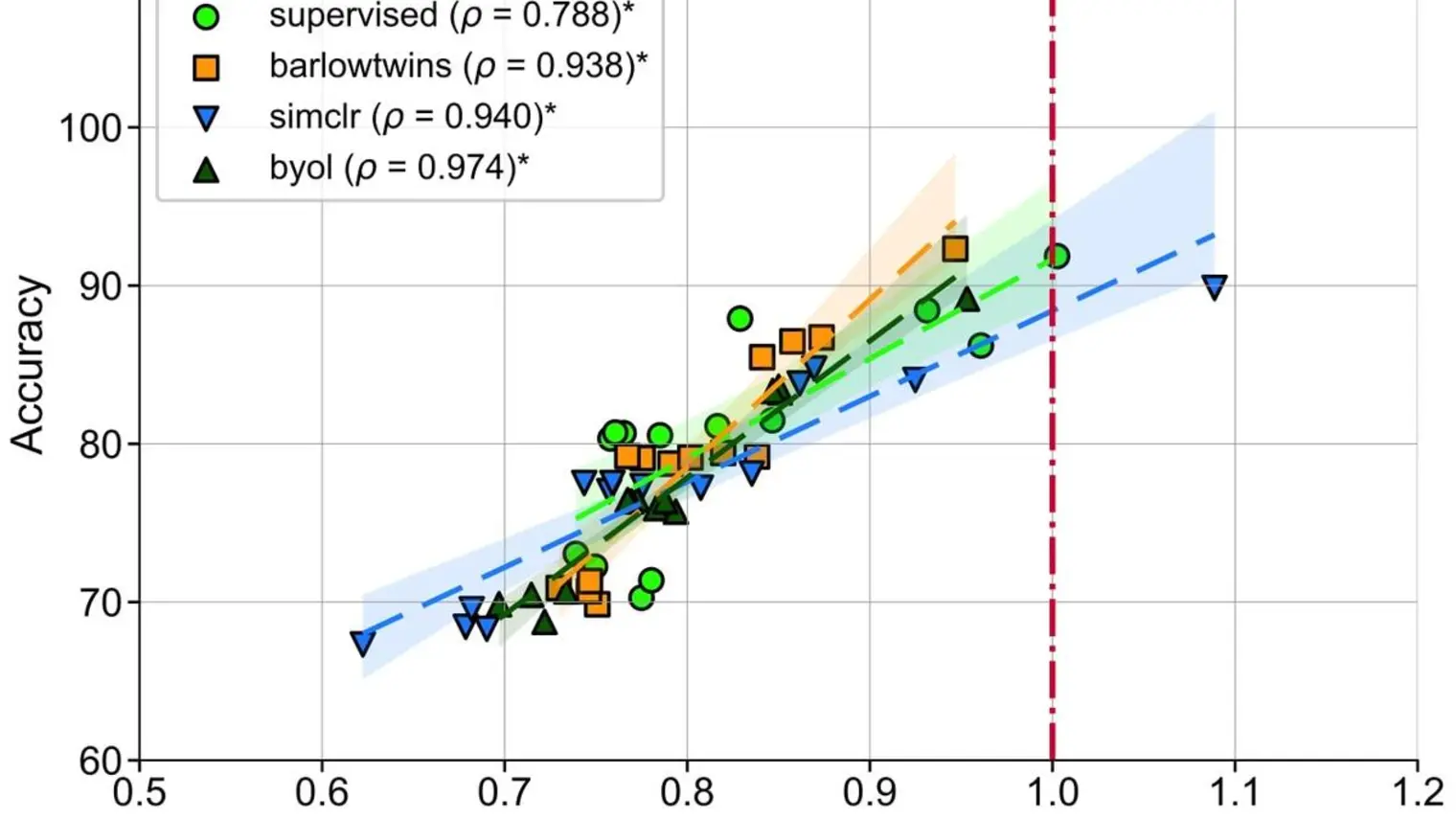
Arna Ghosh
Collaborateur·rice alumni - McGill
Superviseur⋅e principal⋅e
Sujets de recherche
Apprentissage de représentations
Apprentissage profond
Neurosciences computationnelles
Systèmes dynamiques
Théorie de l'apprentissage automatique
Vision par ordinateur




